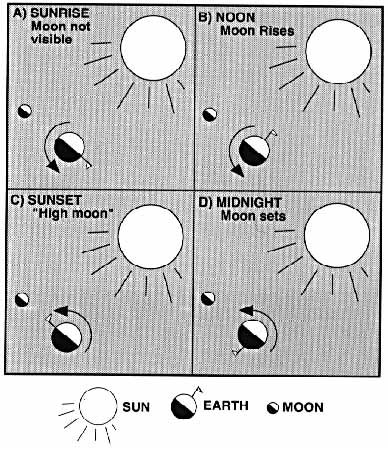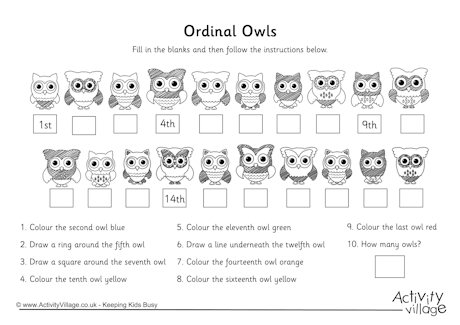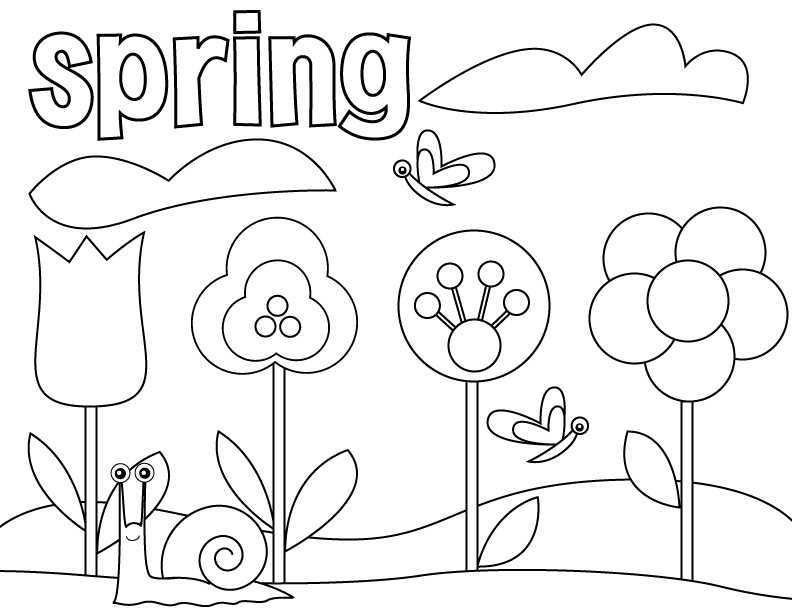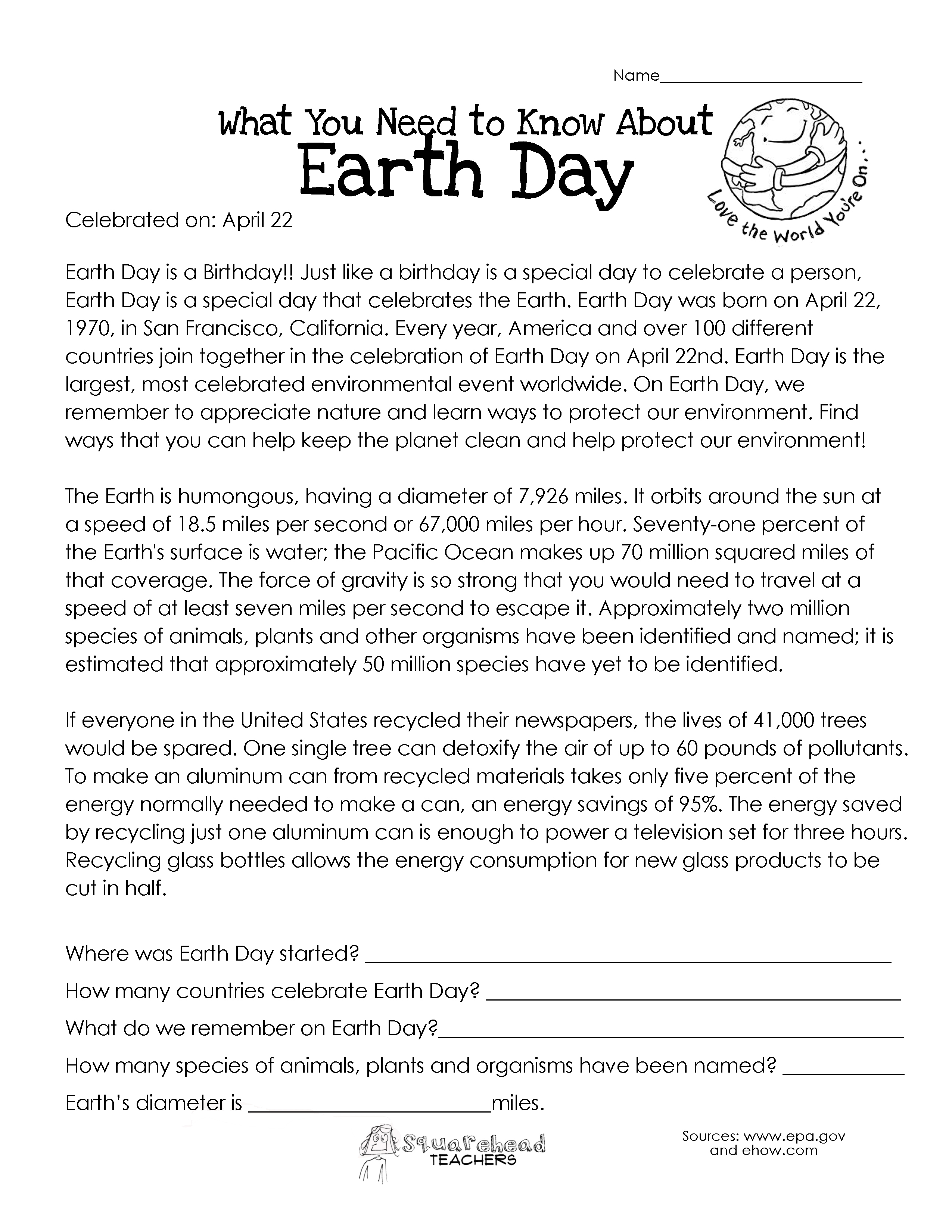Sun and Seasons Worksheet
Are you a science teacher or a homeschooling parent looking for a comprehensive worksheet on the topic of sun and seasons? Look no further! This educational resource will help your students understand the connection between the sun's position and the changing seasons.
Table of Images 👆
More Other Worksheets
Kindergarten Worksheet My RoomSpanish Verb Worksheets
Cooking Vocabulary Worksheet
DNA Code Worksheet
Meiosis Worksheet Answer Key
Art Handouts and Worksheets
7 Elements of Art Worksheets
All Amendment Worksheet
Symmetry Art Worksheets
Daily Meal Planning Worksheet
What is the Sun?
The Sun is a star at the center of our solar system, composed mainly of hydrogen and helium, that radiates energy and light through nuclear fusion reactions in its core. It provides the light and heat that sustains life on Earth and is the largest and most important source of energy in our solar system.
How does the Sun produce energy?
The Sun produces energy through a process called nuclear fusion. In its core, hydrogen atoms fuse together to form helium, releasing a tremendous amount of energy in the form of light and heat. This process continues to fuel the Sun and provide the energy that sustains life on Earth.
What is the distance between the Earth and the Sun?
The average distance between the Earth and the Sun is approximately 93 million miles (150 million kilometers).
How does the Sun's gravity affect the Earth?
The Sun's gravity affects the Earth by providing the gravitational force that keeps our planet in orbit around it. This gravitational force is what keeps the Earth and all the other planets in our solar system in their elliptical paths around the Sun. Additionally, the Sun's gravity also influences the tides on Earth by exerting a gravitational pull on our planet, which causes the oceans to bulge towards the Sun.
What causes the different seasons on Earth?
The different seasons on Earth are caused by the tilt of Earth's axis as it orbits around the sun. During the summer months, the hemisphere tilted toward the sun receives more direct sunlight, leading to longer days and warmer temperatures. In contrast, during the winter months, the hemisphere tilted away from the sun receives less direct sunlight, resulting in shorter days and cooler temperatures. This tilt and the resulting variations in sunlight intensity create the cycle of seasons we experience throughout the year.
How does Earth's tilt contribute to the seasons?
Earth's tilt plays a key role in creating the seasons by affecting how sunlight is distributed across the planet. As Earth orbits the sun, its axis remains tilted at about 23.5 degrees. This tilt causes different parts of the Earth to receive varying amounts of sunlight throughout the year, leading to the changing seasons. When a hemisphere is tilted towards the sun, it experiences summer with longer days and more direct sunlight, while the opposite hemisphere, tilted away from the sun, experiences winter with shorter days and less direct sunlight. As Earth continues its orbit, the tilt results in the spring and autumn equinoxes where both hemispheres receive roughly equal amounts of sunlight, marking the transition between the seasons.
Why do we have longer days in summer and shorter days in winter?
The variation in day length is due to the tilt of Earth's axis as it orbits the sun. During summer in the Northern Hemisphere, the North Pole is tilted towards the sun, leading to longer days and more direct sunlight. In winter, the North Pole is tilted away from the sun, resulting in shorter days and less direct sunlight. This tilt causes the amount of daylight to change throughout the year, creating the seasons.
What is the significance of the summer and winter solstices?
The summer and winter solstices are significant astronomical events marking the longest and shortest days of the year, respectively. The summer solstice occurs around June 21st when the Northern Hemisphere is tilted closest to the sun, resulting in the longest day and shortest night of the year. Conversely, the winter solstice occurs around December 21st when the Northern Hemisphere is tilted farthest from the sun, causing the shortest day and longest night. These solstices have been celebrated and observed by various cultures for millennia as important points in the seasonal cycle, symbolizing the changing of seasons and the cyclical nature of life.
How does the Sun's position in the sky change throughout the year?
The Sun's position in the sky changes throughout the year due to the tilt of the Earth's axis. This results in the Sun appearing higher in the sky during the summer months and lower in the sky during the winter months in locations outside the tropics. This change in position is responsible for the variation in daylight hours and the seasons experienced on Earth.
What is the impact of the Sun's energy on Earth's climate?
The Sun's energy plays a crucial role in Earth's climate by providing the heat and light necessary for life. Solar radiation warms the planet, driving weather patterns, ocean currents, and the water cycle. Variations in solar activity can influence Earth's climate over long periods, such as during ice ages. However, human activities, such as burning fossil fuels and deforestation, have had a more significant impact on Earth's climate in recent times by enhancing the greenhouse effect and leading to global warming.
Have something to share?
Who is Worksheeto?
At Worksheeto, we are committed to delivering an extensive and varied portfolio of superior quality worksheets, designed to address the educational demands of students, educators, and parents.



























Comments